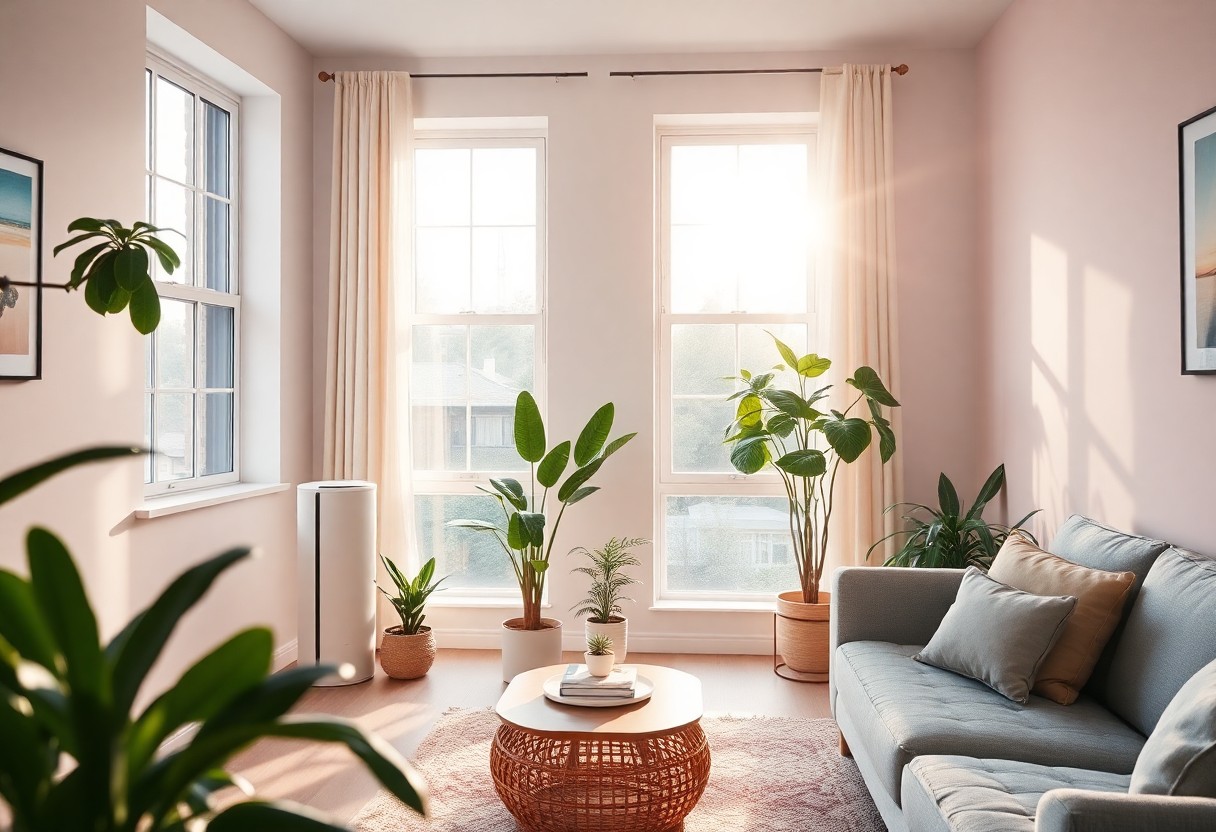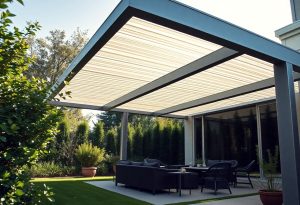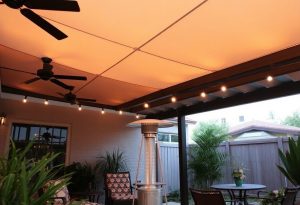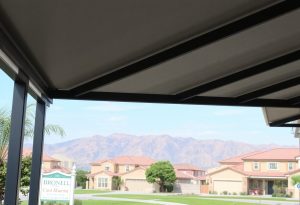With increasing awareness of the impact indoor air quality has on your health and comfort, it’s vital to take proactive measures to enhance the air you breathe. By implementing strategies such as regular maintenance of your HVAC system, improving ventilation, and utilizing air purification products, you can significantly reduce pollutants and allergens in your home. This guide will provide you with practical tips and solutions to create a healthier indoor environment for you and your family.
Key Takeaways:
- Regular Air Duct Cleaning: Keep your ducts clear of dust, allergens, and pollutants to promote healthier air circulation throughout your home.
- Install Air Purification Systems: Consider incorporating advanced air purifiers that can remove harmful particles and improve overall indoor air quality.
- Control Humidity Levels: Use dehumidifiers or humidifiers to maintain optimal humidity, preventing mold growth and enhancing comfort in your living space.
Understanding Indoor Air Quality
Your indoor air quality (IAQ) significantly affects your home’s comfort and health. It encompasses the various pollutants and airborne particles present, which can vary based on the season and the activities within your home. Poor indoor air quality can lead to discomfort, health issues, and inefficient energy use, making it vital to monitor and improve your environment regularly.
Common Indoor Air Pollutants
By becoming familiar with common indoor air pollutants, you can take proactive steps to enhance your home’s air quality. These pollutants include dust, pet dander, mold spores, volatile organic compounds (VOCs) from household products, and tobacco smoke. A regular cleaning routine and investing in air purification systems can help reduce these irritants.
Effects of Poor Air Quality on Health
The effects of poor air quality on health can be severe, leading to respiratory problems, allergies, and long-term diseases. Poor IAQ can exacerbate conditions like asthma and trigger allergic reactions, impacting your overall well-being.
Indeed, prolonged exposure to pollutants in your home can result in negative health outcomes, including chronic respiratory conditions and cardiovascular issues. Children, the elderly, and individuals with pre-existing health conditions are particularly vulnerable to these effects. By improving your indoor air quality through regular maintenance and effective solutions, you can promote a healthier living environment for you and your family.
Ventilation Strategies
Some effective ventilation strategies can significantly enhance indoor air quality in your home. By improving air circulation, you can reduce pollutants, allergens, and humidity levels, creating a healthier living environment. Implementing proper ventilation is crucial in maintaining comfort and energy efficiency while ensuring that you breathe clean air throughout your space.
Natural Ventilation Techniques
One simple method to improve indoor air quality is through natural ventilation techniques. You can enhance airflow by opening windows and doors during peak hours, allowing fresh outdoor air to circulate into your home. Utilize cross-ventilation by strategically placing fans to direct air across rooms, making it easier to expel stale air and bring in fresh air while maintaining energy efficiency.
Mechanical Ventilation Systems
Ventilation systems can offer a more controlled method of air circulation in your home. These systems, such as exhaust fans, energy recovery ventilators, or whole-house ventilators, can effectively eliminate indoor air pollutants while balancing indoor humidity levels. They can be particularly beneficial in tightly sealed homes where natural airflow is limited, ensuring that your indoor air remains fresh and healthy.
Further, mechanical ventilation systems can significantly improve the air quality in your home by continuously introducing clean air while expelling stale air. Energy recovery ventilators (ERVs) are particularly effective, as they exchange indoor air with outdoor air, retaining energy to minimize heating and cooling costs. With options tailored to your home’s specific layout and needs, these systems can help you maintain a comfortable and healthy living environment year-round.

Air Filtration Systems
All homes can benefit significantly from improved air filtration systems, which serve as a first line of defense against pollutants and allergens. By investing in an effective air filtration system, you enhance the indoor air quality, providing a healthier environment for you and your family. Regular maintenance and upgrades to your filtration systems can ensure optimal performance and a significant reduction in airborne contaminants.
Types of Air Filters
Against the backdrop of growing concerns over indoor air quality, it’s imperative to understand the various types of air filters available. Below are some common types of air filters you might consider:
| HEPA Filters | High-efficiency filters that capture 99.97% of particles 0.3 microns or larger. |
| Washable Filters | Reusable filters that can be cleaned and reinstalled, providing a cost-effective option. |
| Activated Carbon Filters | Filters that absorb odors and harmful gases, improving air quality. |
| Electrostatic Filters | Filters that use static electricity to attract and trap dust and pollutants. |
| Media Filters | Thicker filters that can capture smaller particles, including allergens and dust. |
- HEPA Filters are ideal for reducing allergens.
- Activated Carbon Filters excel in eliminating odors.
- Washable Filters promote sustainability and long-term cost savings.
- Electrostatic Filters require regular maintenance but are highly efficient.
- Recognizing the best type for your needs can greatly enhance your indoor air quality.
Choosing the Right Filter for Your Home
Filter selection plays a pivotal role in ensuring your indoor air remains clean and safe. Various factors, including your home’s layout, the presence of pets, and family members with allergies, should inform your decision. Choosing a filter with the appropriate MERV rating can significantly impact allergen reduction. Opt for filters suited to capture the particles that most affect your household comfort.
For instance, HEPA filters are particularly beneficial if you have allergy sufferers in your home, as they effectively trap dust mites, pollen, and pet dander. On the other hand, if odor control is a primary concern, activated carbon filters would be a sensible choice. Evaluating the specific needs of your home and lifestyle enables you to select the filter that best supports your health and comfort, ensuring that the air you breathe is cleaner and fresher.
Humidity Control
To improve the comfort and air quality of your home, effective humidity control is necessary. Maintaining optimal humidity levels (between 30% and 50%) helps prevent the growth of mold, dust mites, and other allergens while also enhancing the efficiency of your heating and cooling systems. By investing in humidity management solutions, you can create a healthier indoor environment for you and your family.
Importance of Proper Humidity Levels
Before exploring into solutions, it’s important to understand that proper humidity levels are key to your comfort and health. Excess moisture can lead to mold growth, while low humidity can cause dry skin and respiratory issues. By maintaining balanced humidity, you ensure a more pleasant living space and potentially lower your energy bills through improved HVAC efficiency.
Tools for Humidity Management
Humidity management involves several tools to help you achieve a comfortable environment. You can use humidifiers to increase moisture during dry months, while dehumidifiers work to reduce excess humidity in damp conditions. Additionally, experts recommend regular air duct cleaning to enhance airflow and mitigate humidity issues, which aligns with Air Techs Heating & Cooling’s commitment to ensuring a healthier indoor air quality.
Tools for humidity management include programmable humidistats that help you automate humidity levels in your home, ensuring consistency. Whole-house systems are also available, allowing you to maintain optimal humidity throughout your entire living space, which is particularly beneficial in regions like Hemet, CA. By choosing the right tools for your specific environment, you can effectively control humidity levels and improve your indoor air quality.
Regular Maintenance Practices
After establishing your indoor air quality goals, implementing regular maintenance practices is important for maintaining a healthy environment. This includes routine inspections and servicing of your HVAC system and addressing any potential issues before they escalate. Consistent maintenance will not only optimize the performance of your systems but also enhance energy efficiency, ensuring you are comfortable in your home throughout the year.
HVAC System Maintenance
On a regular basis, you should schedule maintenance for your HVAC system to keep it in optimal working condition. A professional technician, like those at Air Techs Heating & Cooling, can inspect your equipment, perform necessary repairs, and ensure that your heating and cooling systems operate efficiently, ultimately improving your indoor air quality.
Cleaning Air Ducts and Vents
Besides routine HVAC maintenance, ensure your air ducts and vents are clean to promote better airflow and air quality. Over time, dust, allergens, and pollutants can accumulate in your ductwork, leading to poor indoor air quality and higher energy bills.
For instance, studies show that cleaning your air ducts can reduce the presence of allergens in your home by up to 30%. Regular cleaning helps eliminate dust, mold, and other contaminants, ensuring your HVAC system runs efficiently and provides better air circulation. By prioritizing air duct cleaning, you contribute to a healthier living environment and prolong the lifespan of your HVAC equipment. Air Techs Heating & Cooling offers professional air duct cleaning services to help you achieve optimal air quality.
Incorporating Indoor Plants
Many homeowners overlook the benefits that indoor plants can provide for enhancing air quality. By introducing greenery into your living space, you not only create a visually appealing environment but also improve the air you breathe. Plants naturally filter toxins and increase oxygen levels, helping to create a healthier indoor atmosphere for you and your family.
Benefits of Houseplants for Air Quality
Beside their aesthetic appeal, houseplants play a vital role in purifying your indoor air. They can absorb harmful pollutants, such as formaldehyde and benzene, and help regulate humidity levels. This not only contributes to a fresher environment but also aids in reducing respiratory issues and allergies, making your home a more comfortable space.
Best Indoor Plants for Air Purification
To optimize your indoor air quality, consider incorporating plants known for their air-purifying capabilities. Options such as the Snake Plant, Spider Plant, and Peace Lily are particularly effective. These plants are easy to maintain and thrive indoors, making them ideal choices to enhance air quality in your home.
Due to their unique ability to filter out common indoor air pollutants, these plants create a healthier environment. The Snake Plant, for example, converts CO2 into oxygen at night, while the Peace Lily is known for removing harmful chemicals like ammonia and formaldehyde. Including these species in your indoor space can significantly improve your air quality, helping you enjoy fresh, clean air every day.
Conclusion
Summing up, improving indoor air quality in your home can significantly enhance your overall comfort and health. You should start by ensuring proper ventilation, using air purifiers, and maintaining your HVAC system with regular servicing. Additionally, consider minimizing the use of harsh chemicals and choosing natural cleaning products to reduce pollutants. Regularly changing filters and cleaning ducts will further promote cleaner air. By taking these steps, you’ll create a healthier living environment for you and your family.
FAQ
Q: How can I improve indoor air quality in my home?
A: Improving indoor air quality can be achieved through several methods. Start by ensuring proper ventilation; open windows and use exhaust fans to increase air circulation. Regularly change or clean air filters in HVAC systems to prevent dust and allergens from recirculating. Incorporating houseplants can also help as they naturally filter the air. Additionally, consider using an air purifier with a HEPA filter to capture smaller particles.
Q: What role do air filters play in maintaining good indoor air quality?
A: Air filters are an necessary component in maintaining good indoor air quality. They trap dust, pollen, pet dander, and other airborne particles, preventing them from circulating in your home. Regularly changing or cleaning these filters not only helps maintain efficient airflow but also ensures that harmful pollutants are effectively removed from the air you breathe.
Q: How often should I clean my air ducts?
A: It’s recommended to have your air ducts cleaned every 3 to 5 years, depending on various factors such as the presence of pets, allergies, or if your home has recently undergone renovations. Regular duct cleaning helps remove dust, allergens, and other contaminants, which significantly improves indoor air quality and ensures your HVAC system operates efficiently.
Q: Can humidity levels affect indoor air quality?
A: Yes, humidity levels can greatly influence indoor air quality. High humidity can encourage mold growth and dust mites, making the air feel stale and uncomfortable. On the other hand, low humidity can lead to dry skin, respiratory issues, and increased dust particles in the air. Using a humidifier or dehumidifier to maintain optimal humidity levels (ideally between 30% and 50%) can enhance both comfort and air quality in your home.
Q: What indoor air quality products should I consider for my home?
A: Several indoor air quality products can enhance the air you breathe. Air purifiers with HEPA filters are effective at capturing allergens and pollutants. Additionally, consider installing an energy recovery ventilator (ERV) or heat recovery ventilator (HRV) to improve ventilation without losing energy. For homes with significant humidity issues, a dehumidifier can help maintain a healthier environment. Lastly, air quality monitors can alert you to any fluctuations in your indoor environment.






